It’s a good idea to have your carpets professionally cleaned once every 12-18 months — even if you vacuum often. Professional carpet cleaning extends the life of carpeting and contributes to better air quality in your home — reducing allergies and illness.
Find Top-Rated Carpet Cleaning Pros
Find ProsDo-It-Yourself Carpet Cleaning Damage
Many homeowners alternate between do-it-yourself (DIY) and professional cleaning in the hopes of saving money. While the do-it-yourself approach is far less expensive, it doesn’t stack-up to the professional clean in terms of quality or thoroughness (not to mention the time and effort required for DIY cleans). Also, self-cleaning can sometimes seriously damage your carpets.
Beware of the three most common DIY mistakes that damage carpets:
- Over shampooing
- Over wetting
- Failing to protect the wet carpet from furniture
Over-shampooing occurs when either too much shampoo is used or the carpet is not adequately rinsed. Both are practically inevitable with some do-it-yourself approaches. Over-shampooing is the biggest reason why even experienced self-cleaners should consult a professional. If over-shampooing occurs multiple times, the build-up of soapy residue is impossible to clean out.
Over-wetting occurs when too much water soaks into the bottom of the carpet, causing backing materials to bleed through and discolor the carpet. Also, some carpets will shrink, literally tearing themselves up from the floor. If the backing becomes saturated, there is the additional risk of mold and mildew.
If all of the other carpet hazards are avoided, there is still the danger of stains caused by furniture resting on wet carpeting. Most kinds of wood furniture will release dyes if left in contact with a wet surface. Additionally, most pieces of furniture have feet that are at least partially metal. These metal portions of the furniture (regardless of size) will corrode and leave behind obvious rust spots.
The do-it-yourself method, while cheaper, is likely to encounter these problems because of a lack of professional-grade tools, shampoos and experience. If you need your carpets cleaned, contact a professional service and arrange for them to take care of it (it’s easier and will save you the risk of having to buy all new carpet).
Professional Carpet-Cleaning Methods
Dry extraction is a cleaning procedure that applies a controlled amount of moisture to the carpet, leaving it dry almost immediately after the process is finished. Though it uses the same cleaning chemicals as wet procedures, the dry process alters the amount of chemicals used and how they’re applied.
Dry cleaning usually involves a machine with two counter-revolving brushes that knead the cleaning agents into the carpet’s fibers. The cleaning agent provides enough liquid to dissolve any dirt, leaving the carpet dry for vacuuming and immediate use.
Some cleaning pros use a carbonated solution that cleans the carpet’s fibers with minimal wetting. These solutions don’t contain oil or detergents, which are typically the culprits behind dirt-attracting residue. The dissolved dirt is then removed with a machine that rubs soft cotton pads over the carpet.
Occasionally professionals will use methods similar to a do-it-yourself approach. As a homeowner, it’s important to note that when carpet cleaning services use these techniques, it’s always with the added benefit of professional equipment and a thorough understanding of the job at hand.
If you’re in the market for cleaner carpets, consult with a professional cleaning service. Not only will they work around your budget, they’ll also save you lots of valuable time.
Find Local Carpet Cleaning Pros
Search NowCarpet Stains and Carpet-Cleaning Extras
Carpet stain removal: Some carpet cleaning pros include stain removal in their base price. Other services charge extra for highly soiled areas or for individual stains. Ask about this up front while considering a pro.
Carpet pretreatment: Most wet-cleaning results can be improved by spraying an agent on the carpet a few minutes before washing. Spraying the carpet beforehand dissolves grease and oils so the final cleaning process is additionally thorough. Pretreatment is not always a standard feature, so be sure to discuss this with your cleaning service prior to hiring them.
Soil retardants: Most carpets are now factory-treated with a coating that helps the carpet fibers shed liquid. If your carpet is older (typically more than five years) it’s considered best-practice to have it retreated (at least in the high traffic areas).
The easiest way to check whether carpet retreatment is necessary is to place several drops of water on the carpet in questionable areas. If the liquid is quickly absorbed, it’s time to retreat your carpet.
Deodorizing and pet odor treatments: The cleaning itself will reduce most carpet odor. Many odors come from mold, mildew or urine that has penetrated the carpet padding. Unfortunately, there is no practical way to remove the source of the smell without damaging the carpet through over-wetting.
Instead, applying an anti-microbial agent will help slow the return of mildew and mold. Deodorizing is nothing more than masking the odor with a stronger scent. Carpet perfumes have only a temporary impact and may be irritating to some people.
Anti-microbial treatment: The cleaning of the carpet itself will kill most odor-causing bacteria, but it’s impossible to neutralize everything. The anti-microbial treatment creates a hostile environment for microbes to reproduce and spread. This will help control odor problems, extend the carpet’s life and provide considerable relief to allergic occupants.
Anti-static treatment: Static electricity is a frequent problem during the winter time. Carpet manufacturers have responded by developing new finishes that prevent the buildup of static electricity. If you are having static problems with your carpet, the easiest remedy is investing in a humidifier. Once the relative humidity gets above 40 percent, static disappears. You can apply several treatments and finishes that reduce static electricity, but nearly all act as soil magnets.

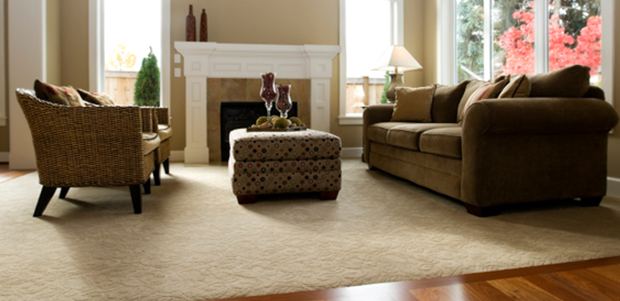
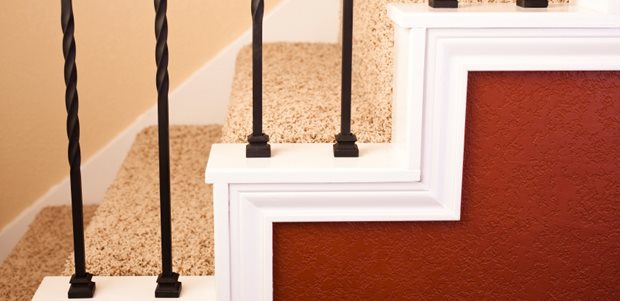


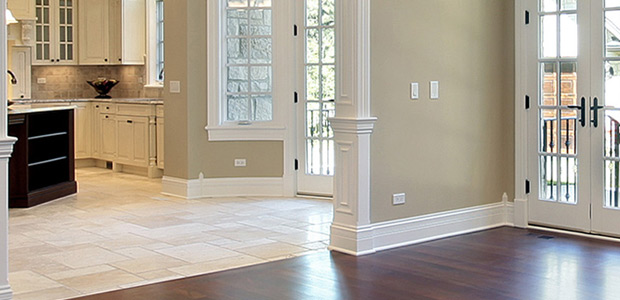 Fantastic Flooring: What
Fantastic Flooring: What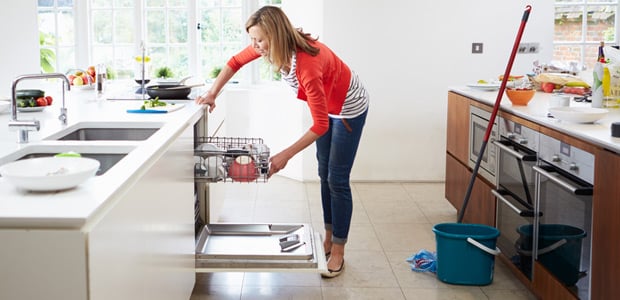 Common Cleaning
Common Cleaning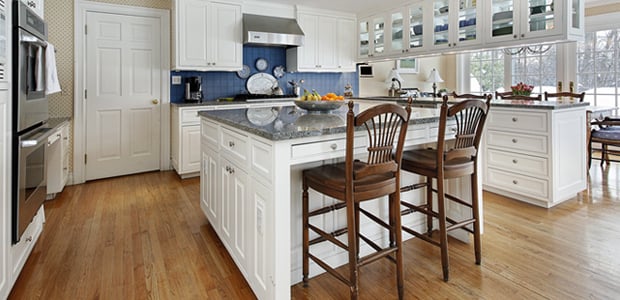 Refinished Hardwood
Refinished Hardwood Hiring a Contractor:
Hiring a Contractor: